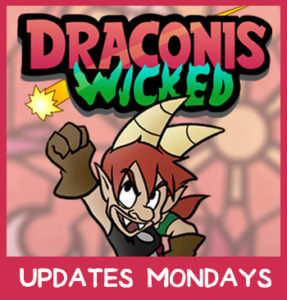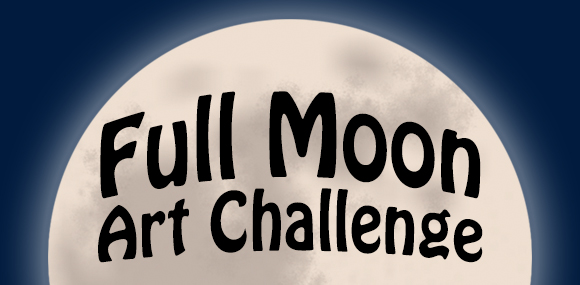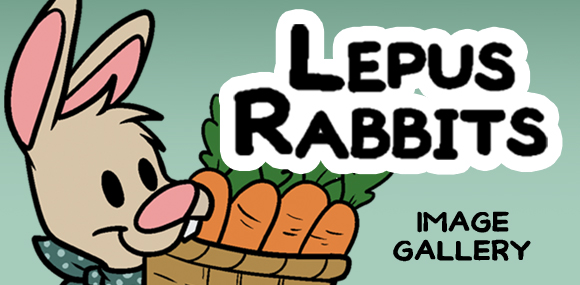Lately, some of my art students have been talking about starting their own webcomics. Good for you, kids. I’d like to give you beginners some advice, but then I’ve only been in the game for three years myself. I still feel like I’m new to this. On the other hand, maybe that’s exactly why I should be giving advice. I’m close enough to the start to remember what beginners need. There are many men and women more talented and experienced than I who can tell you the important stuff. I’m just telling you what you need to know to take those first steps. Please don’t stop learning about comics after reading this blog.
Be warned: This advice is intended for serious contenders. If your plan is to draw some scribbly little sketch comics without a lot of care or plans for the future, not everything here is going to help you. But if you actually want to take a crack at drawing real stories with your own characters and posting on a regular/semi-regular basis for as long as you can keep up with it, then you’ve come to the right place.
1.) Start right now.
There will never be a perfect time to start, so you might as well start ASAP and start making progress.
2.) “Start right now” doesn’t have to mean “post comics right now.”
There’s lots of work to be done before you start sharing with the world (see items 3 through 8 for examples of pre-comic work). Finish as much ground work as you can before you need to make comics on a tight schedule.
3.) Draw your characters often.
The more you know your subjects, the easier it will be to draw them repeatedly. This goes for props and settings too.
4.) Don’t just draw characters, draw mock comics.
Drawing characters in backgrounds is harder than just drawing characters alone.
Drawing characters in sequential story-telling panels is harder than just drawing them in backgrounds. Drawing characters with words balloons in the panels is harder than just drawing sequential story-telling panels.
Mock comics don’t need to tell jokes, or even a proper story. But they’ll help you understand how your different elements come together before the real deal begins.
5.) Invent a style that you can recreate.
Your comic should have its own distinctive art style. This style needs to be something you are capable of drawing over and over for each strip. Ideally, it should take you 1 to 3 hours to draw a strip or page (it may take longer in the beginning.) If you invent a style which you can only draw once, or something that takes days to recreate, that style may not be right for a frequently updating comic.
6.) Create character model sheets and hang them near your drawing area.
You may know your characters inside-out, but when you’re putting them in action, and trying to meet a deadline, you’ll be grateful for a quick reference to help you remember if a character wears his hair parted on the left or the right.
7.) Draw reusable art.
I’m not suggesting you make a comic with copy/paste panels, but you’ll want to make a few really good drawings of your characters that can be used in multiple places, such as on your “meet the cast” page, your future advertisements, your desktop wallpapers, etc. Just look at how many big name studios keep high-quality reusable character clip-art around for such occasions. P.S. be prepared to update these images as your work improves.
8.) Create a logo.
Your title and how it looks are big factors in snaring new readers. I suggest you design a logo in a vector program so it can be reproduced at any size. If you don’t have access to a vector program, at least start with a big, high-res image.
9.) Set a deadline for when you want to start posting your comic.
It’s easy to busy yourself with pre-comic work forever. Remember, no amount of preparing will train you like actually making work for an audience does. Many of you will never start unless you assign yourself a deadline. Think about what obstacles you need to clear before you can begin and take a guess at how long it will take you to do so. I also suggest you pick a date with some significance, like a birthday, anniversary, or holiday. This will make it harder for you to change your own deadline when the work seems too hard. For example, I promised to start my comic on New Year’s Day, which was two weeks after I completed my first web design class. I combined a date with significance with a very real task I need to achieve before I could launch my comic site.
10.) Work in high-resolution and save all your work.
All webcartoonists should save two copies of their comics – a low-res web version to post on the site, and a high-res version suitable for printing – just in case you ever get to print a book. And don’t tell me “I’m just a kid/teen/student/hobbyist. I’ll never put this stuff in a book.” You never know what people will be interested in printing. Wouldn’t you buy a book of cartoons that Walt Disney or Charles Schultz drew back when they were kids/teens/students/hobbyists? Also, don’t tell me, “But my early work is awful. I don’t want it to go in a book.” You can never guarantee that future-you will feel the same way. Having something you never need is usually not as bad as needing something you never have.
11.) You don’t need an expensive website to start.
A custom website is great if you can get one, but many beginners do okay posting on DeviantArt, Tumblr, or other social media sites. This is also a good way to start if you’re not sure you can write comics forever and you aren’t ready to put down money yet.
12.) Be both harsh and generous with yourself.
Don’t be so proud of your work that you never want to let it grow and evolve. Look for flaws so you can improve on them. But don’t be so hard on yourself that you can’t also enjoy what you’ve made. Keeping your enthusiasm up is often an overlooked part of the process, but it is essential if you plan on doing comics for the long haul.
13.) Love your work.
Love your characters, your stories, and your ideas. It is rare, if not impossible, to make a likable work without loving it yourself.
That’s the best advice I can give you. Any successful artists want to add to the list (or any unsuccessful artists – I ain’t picky) feel free to add a comment.
Best of luck to all aspiring artists. Go make me proud.
-Marj
















